|
We had our first frost the night before last, so yesterday we woke to a frost covered yard. The rest of the day was clear and sunny, so mid-afternoon I wandered over to the prairie plantings on campus to see how things were doing. There is quite a mix of flowers gone to seed and flowers still opening blooms. I was examining some seed heads when two grade school children from a nearby house waded through the plantings to see what I was doing. They were friendly and curious, so we talked about the prairie plants for awhile before the brother headed back to their swing set.
His sister stayed and watched. I was trying to get a photo of a big brown grasshopper, but it kept leaping away. She tried to catch it for me and told me about finding little green grasshoppers in the field earlier. I told her that this one might be one of those -- that they get bigger and browner as they get older. She nodded and thought about the way things change color as they get older. "Like grandmas!" she said, looking at my white hair with a big smile. "Like grandmas," I agreed, though I'm not one yet. Grandmas and grasshoppers and all things grow and change. This past week we slipped from summer into autumn, and the trees are beginning to turn vibrant colors, and the smaller plants are turning brown. Or white, like grandmas. Either way, there is an abundance of seeds, so the cycle of growth and change will continue. To everything .....turn, turn, turn...... There is a season.....turn, turn, turn.... And a time to every purpose, under heaven.
0 Comments
This past week John and I flew north to spend a week with his parents in Edmonton. As usual, our time included a trip outside the city, traveling across rolling prairie under the big sky, to the acreage where Ike and Millie have a small cabin, a garden, and a forest of shimmering poplar trees. We harvested potatoes and beets, ate a picnic lunch in the fall sunshine and enjoyed golden poplars, blue sky, and red-orange virginia creeper -- and the sight and sound of what was probably several hundred sandhill cranes gathering for their migration south. As we were getting ready for lunch, we heard a noisy clattering, and it wasn't Santa and his reindeer. Looking up, we spotted a large flock high in the sky, circling in an updraft. Millie says that both geese and sandhill cranes are about ready to migrate. Going by the height and the noise, we assume that these were cranes. If you look closely above, you can see two of the three flocks that eventually came together.
I didn't have the right video equipment to do this justice, but below is a short clip to give you a glimpse and a bit of the sound. Unfortunately the website is not letting me change the orientation to match the vertical way I recorded it, and the focus isn't as sharp as I'd like. So you may have to squint a bit to see the specks of birds circling, listen hard to hear the clatter, and turn your computer sideways to get the right orientation. But perhaps you'll be able to imagine a bit of how amazing it was. In one of her essays in Dewdrops on Spiderwebs, Susan Classen tells of visiting two siblings in their mid-fifties, Charles and Molly. Charles and Molly are both learning disabled and living in a rural location, in a house with no running water or plumbing, and surrounded by junk. 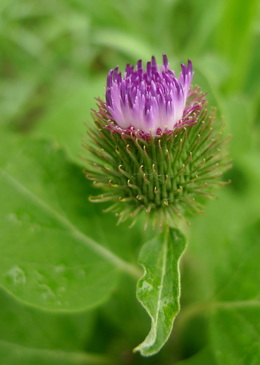 But their flower garden caught my eye. I like flowers, so I asked about their garden. Pointing out one of their special flowers, they invited me to touch the soft bristles. "It's like a powder puff," Charlie said grinning. "I like the light purplish color," Molly added. I stood in amazement, humbled by their appreciation of beauty. The flower was a thistle. "We saw these growing last year in a ditch," Molly continued. "So we waited until the flowers dried, then we gathered the seeds and planted them here."
She offered to send me seeds when this year's blossoms dried. My amazement grew. Surely God "chose what is foolish in the world to shame the wise...God chose what is low and despised" (1 Cor 1:27-28). Who says thistles are weeds? p. 29-30 Classen goes on to reflect about personal characteristics that she has defined as weeds to be uprooted rather than flowers to be enjoyed and begins to explore ways these traits can also be seen as something to be appreciated. She ends with this thought: I know I'm not alone in sometimes feeling dissatisfied with myself. Perhaps you will find it helpful, as I have, to look for beauty in what you've defined as thistles. How do those characteristics reflect your gifts? p 31. Yesterday I was at Maple Tree Meadows, near Three Rivers, Michigan, for another in this year's monthly series of retreats on Soul and Soil. Karla Kauffman led us in a rhythm of an hour of study and conversation, an hour of labor, an hour of solitude and contemplation, and an hour gathered at table, eating and talking. It was a cool and rainy day, for which the soil was grateful, as were we. Nothing like a little drought to change your perspective on gray, rainy days! Though I generally have a positive attitude toward days of gentle rain like this one -- it reminds me of the year I lived in Belgium, and brings back warm memories. We studied two more chapters from Ellen Davis' book, Scripture, Culture and Agriculture, and talked of the gift of manna, and eating as the most basic of all cultural and economic acts. And we talked of Leviticus and the way it portrays the acquisition and consumption of food as the definitive cultural and religious act, an occasion for Israel to practice covenantal faithfulness. And then we went out and stacked wood in the barn, observing the Benedictine practice of stopping when the bell rang for prayer, even though another ten minutes or so would have seen the whole pile neatly stacked. Instead when our "bell" rang -- when Karla looked at her watch and said it was time for our hour of quiet -- we stopped, took off our work gloves, and moved in to a time of contemplative prayer. My prayer took the form of wandering with my camera, slowing down enough to see the beauty hidden around me, focusing on the gifts of this gray day. They were subtle, but there. Most of the photos that follow I found in the pasture pictured in the first photo above. And then Karla rang her kitchen chimes and we gathered around the table for that cultural, economic, and religious act of eating together -- a salad of mixed green and lemony lentils, corn on the cob, and applesauce, with fresh peaches to end with. Thanks, Karla, for the space, the reflections, the fellowship, and the lunch!
A second cloudy, rainy morning. What a delight! And what a delight to find this delightful -- a month of no rain creates a completely different receptive spirit than, say, what we are likely to experience come November. (Cloudy wet day after cloudy wet day, for those who are not familiar with Northern Indiana weather).
After yesterday's rain, Judy and I walked along the race. There was a familiar late summer mix of Queen Anne's Lace and cornflowers, bejeweled by raindrops. Familiar -- and yet how amazing and unusual when you start focusing in for a close view. Trees grab our attention, but there were also many intriguing tiny scenes on the floor of the forest around our campsite in Colorado -- flowers, rocks, mosses, ferns, decaying logs serving as hosts to a myriad of small plants and animals. Here are a few.
Dew -- what a concept! And a welcome one after several weeks with hardly any rain. Yesterday afternoon there was a brief, heavy downpour, a lovely sight in itself. And then this morning, when I went out to get a few leaves of Swiss chard to have with my poached egg, the grass was wet with dew, and all the plants were sparkling.
I've had milkweed on my mind this week, as I keep looking for monarch caterpillars. Morning sunlight created vivid sun and shadow combinations on this patch of milkweed along the millrace. I thought it would be great fun to discover a caterpillar by first seeing it silhouetted through one of the leaves -- either while we were there, or after as I looked through the photos. But no such luck. The closest I came was this winged flying thing -- and on closer inspection I discovered that it was the actual insect, not just the shadow. Searching milkweed has led to a number of other familiar and not so familiar insect sightings -- even one of a monarch butterfly, though every time I tried to photograph it, it fluttered away.
This afternoon my spiritual direction peer group met at Pathways Retreat Center, combining retreat time with our monthly meeting. We spent time with the theme of fire, beginning with lectio divina on Moses and the burning bush. Janie read the passage from The Message, and the phrase that stood out for me was "blazing out." I think I normally picture the burning bush as a compact, rather cozy little fire. This time I pictured pointy flames blazing out, which reminded me of the icon above, of Mary and the burning bush. Later I had time for a meditative walk in the woods and found the bushes full of green blazes, appropriately for St Patrick's Day (and not a snake in sight). Our temperatures have been running about 35 degrees above normal this week, and the plants think it's spring. I like the way walking with my camera in hand slows me down, as I take time to look more closely and to notice things I would normally rush past. I've heard of someone else who accomplishes the same thing by going for walks with a magnifying glass. I like the close up feature of my camera -- especially with these tiny plants in the moss. I included my finger in one to give a better sense of the size.
|
My approach to contemplative photography --
"Pay attention. Be astonished. Tell about it." Mary Oliver in "Sometimes" Archives
August 2020
Categories
All
|
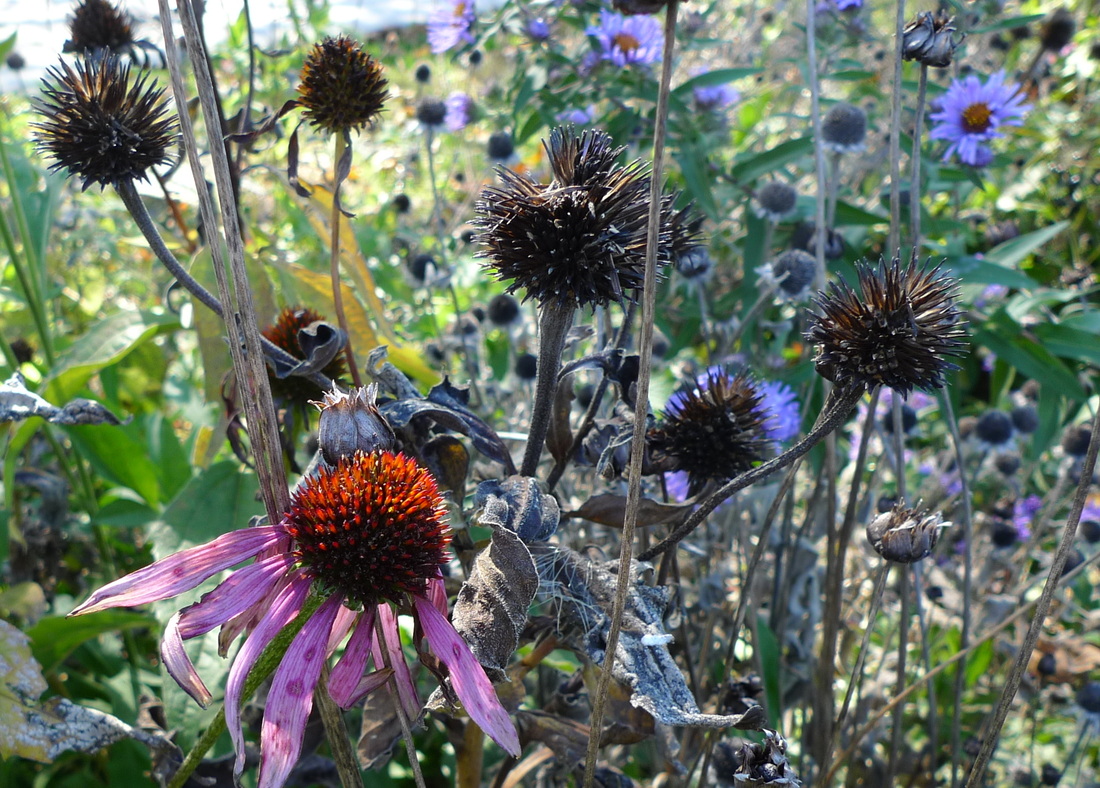
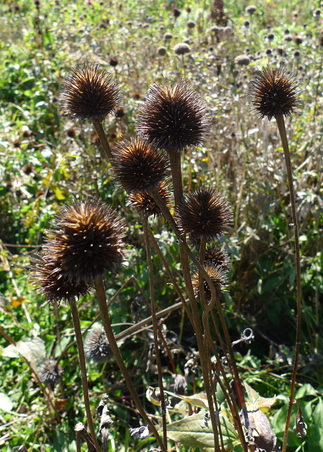
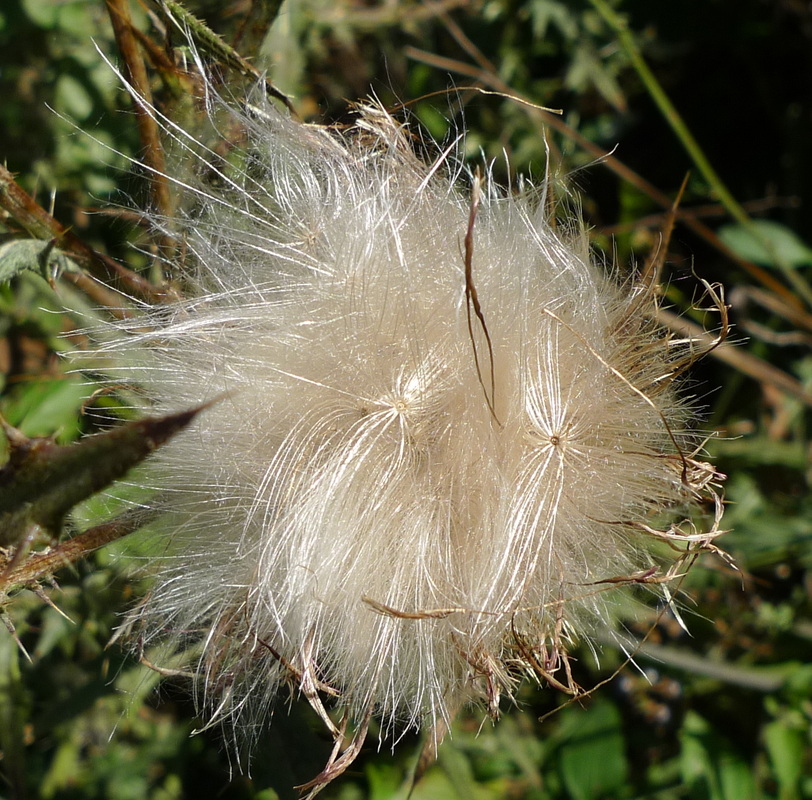
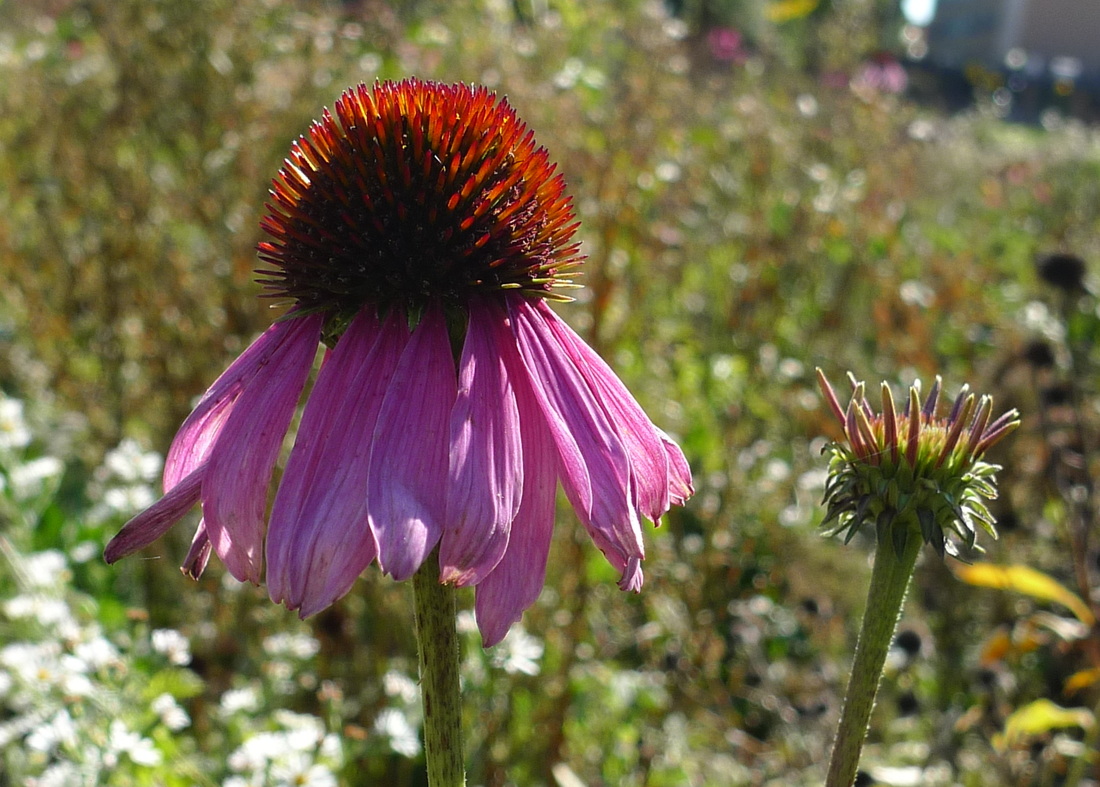
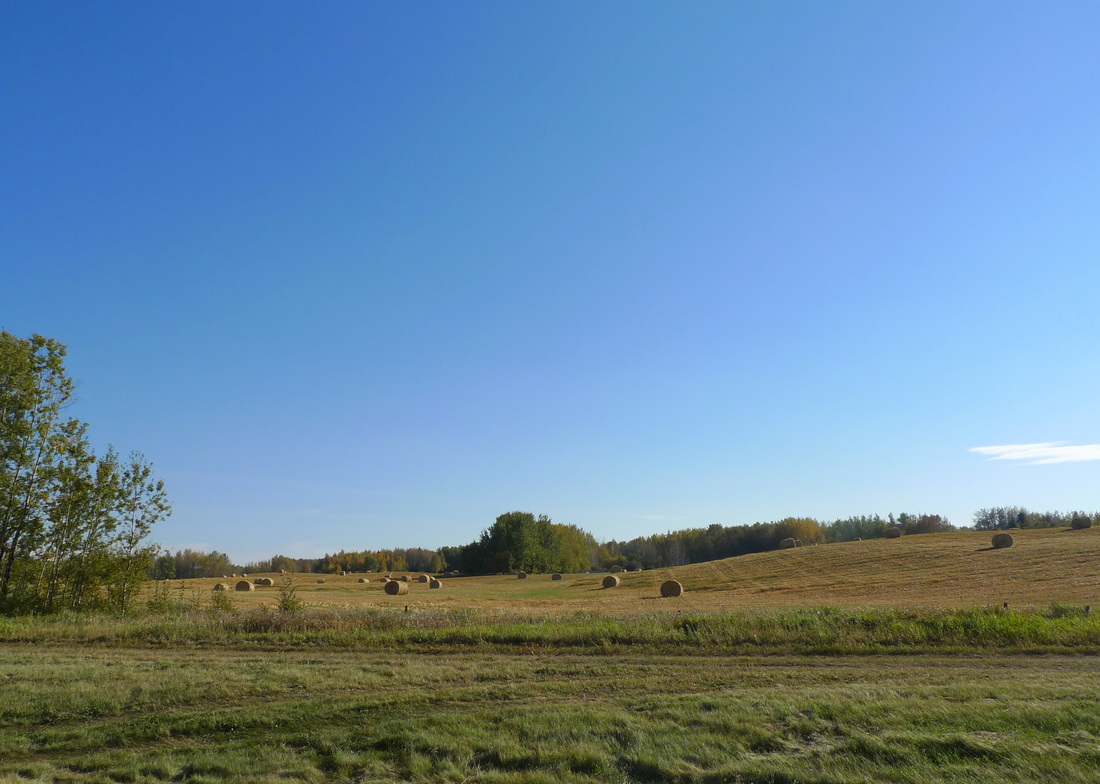
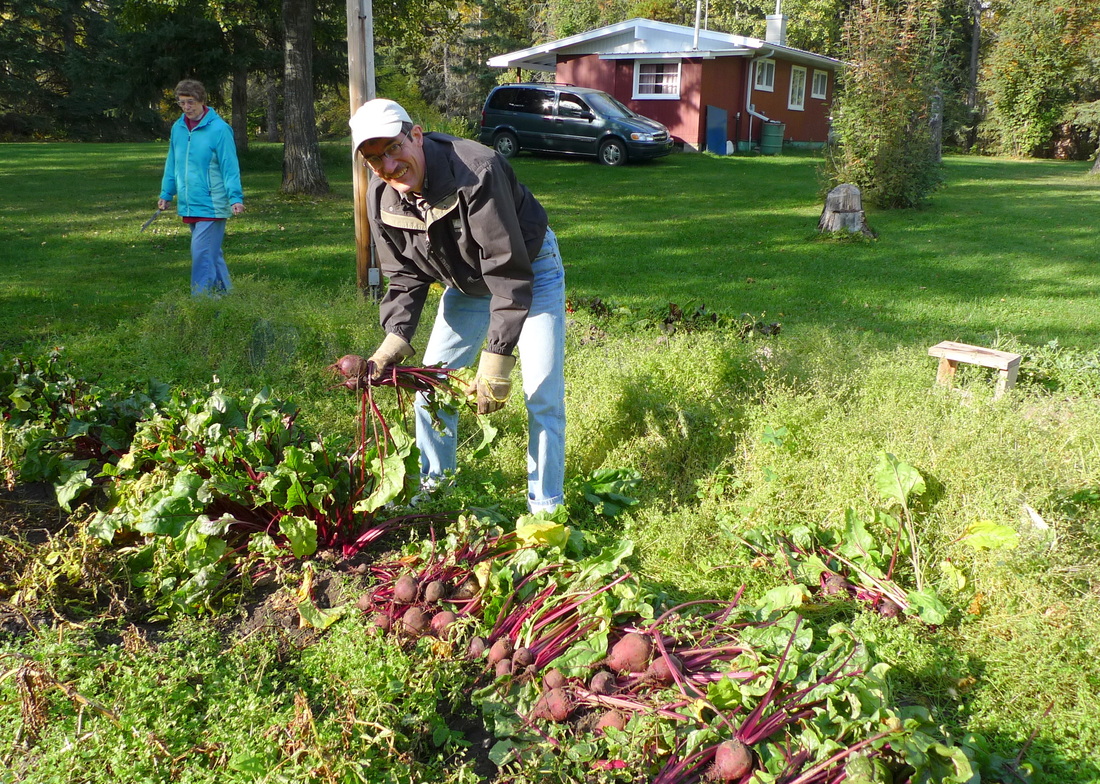
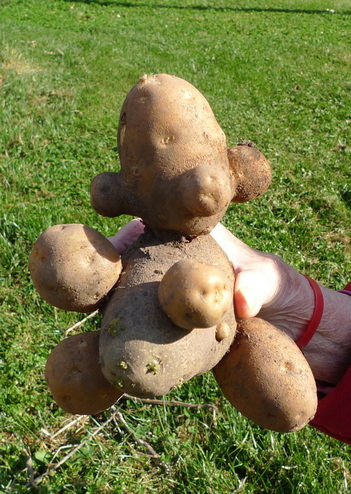
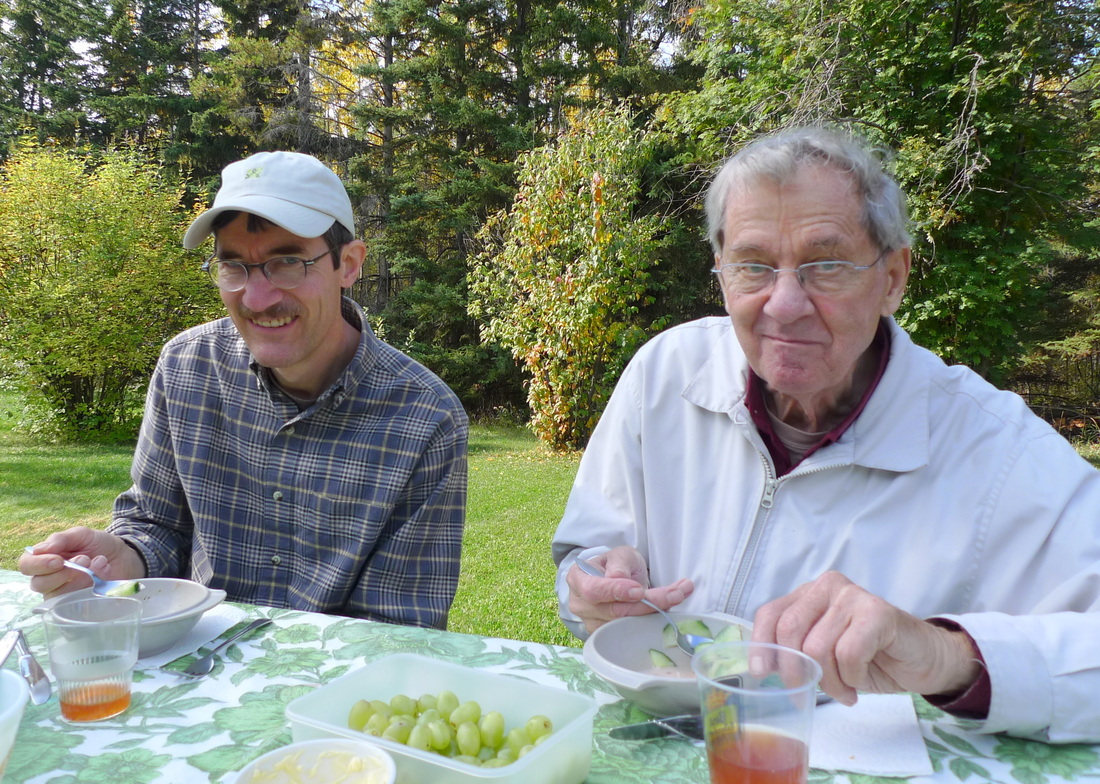
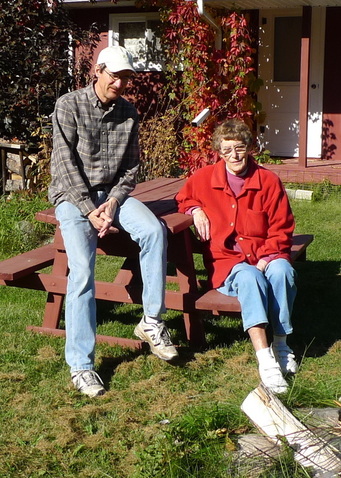
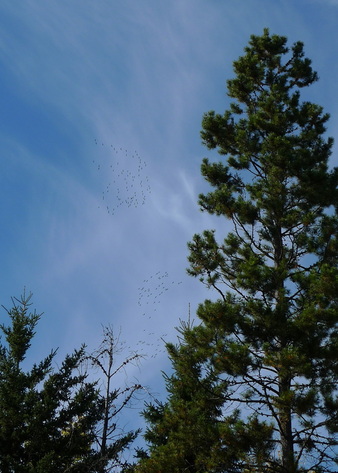
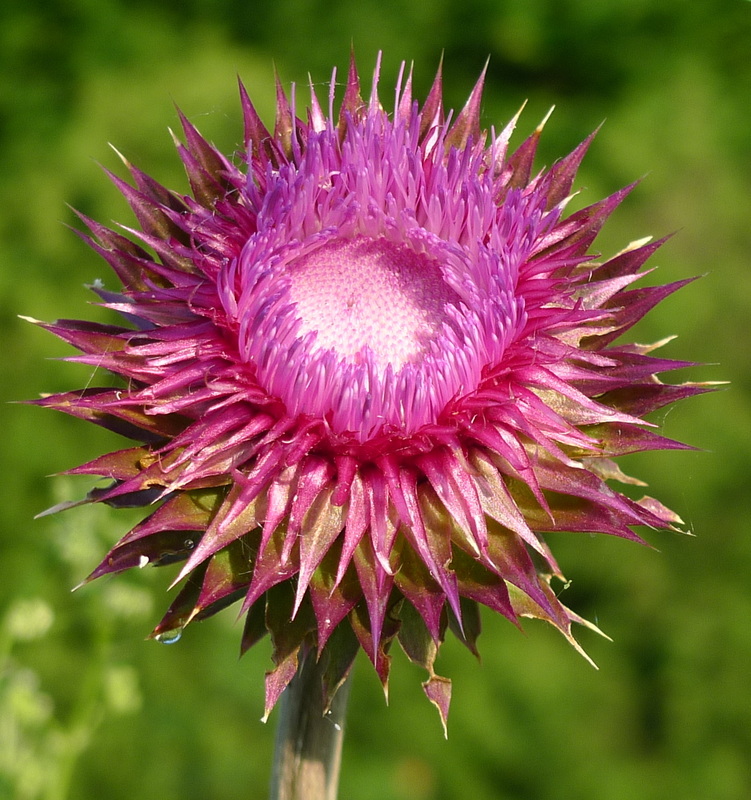
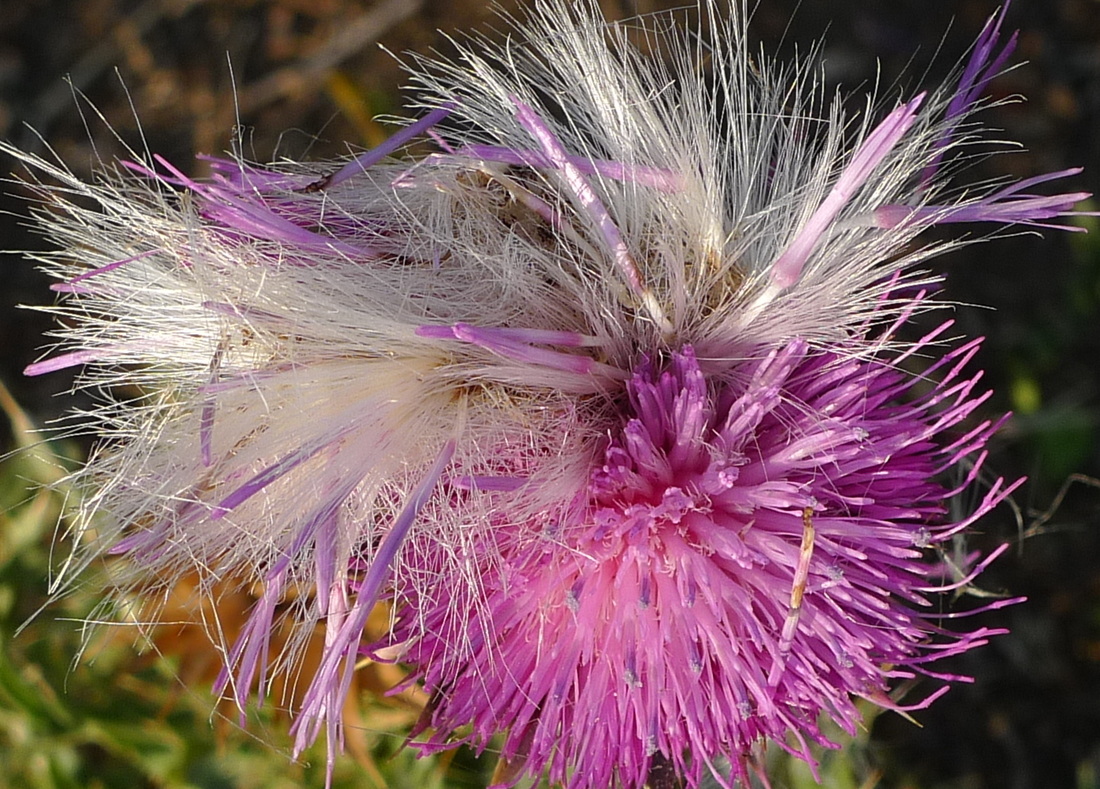
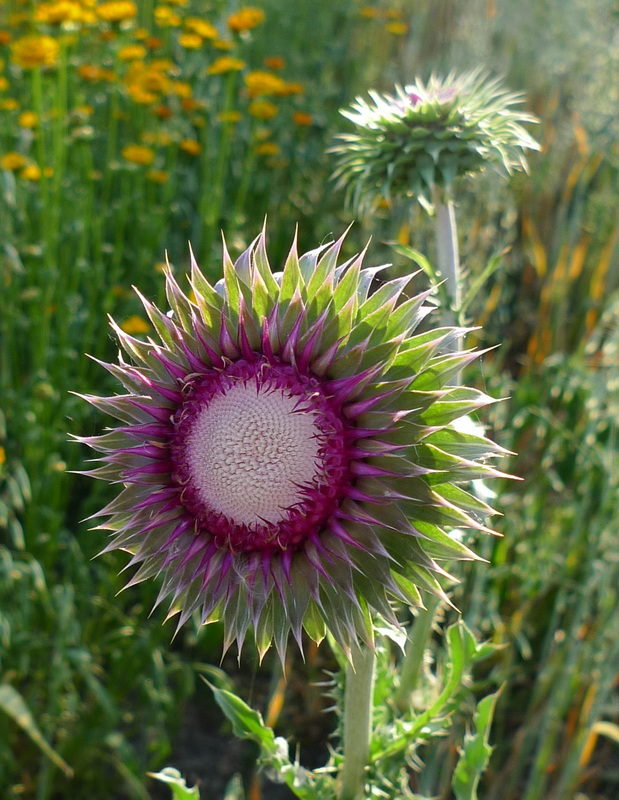
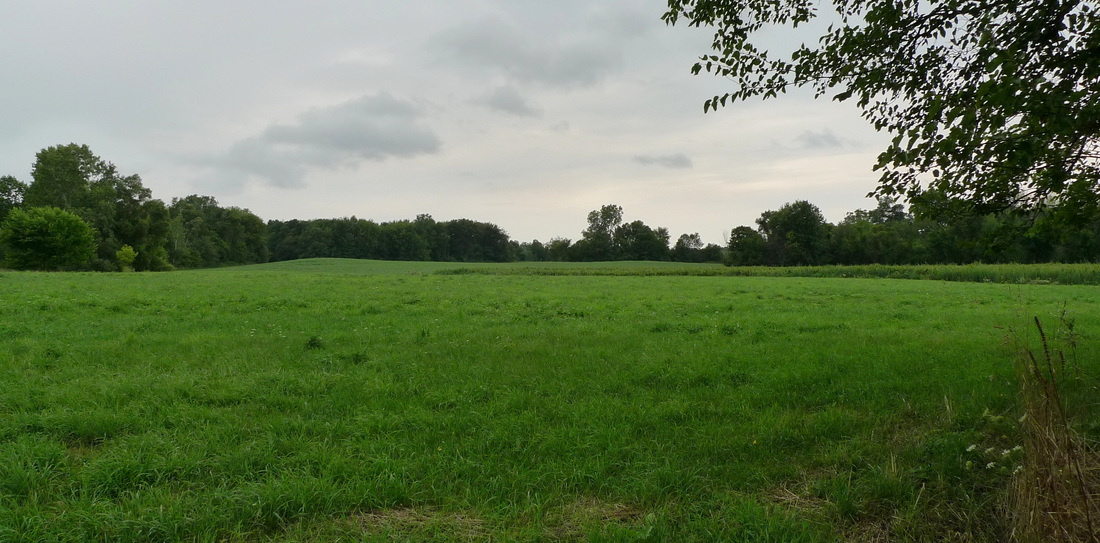
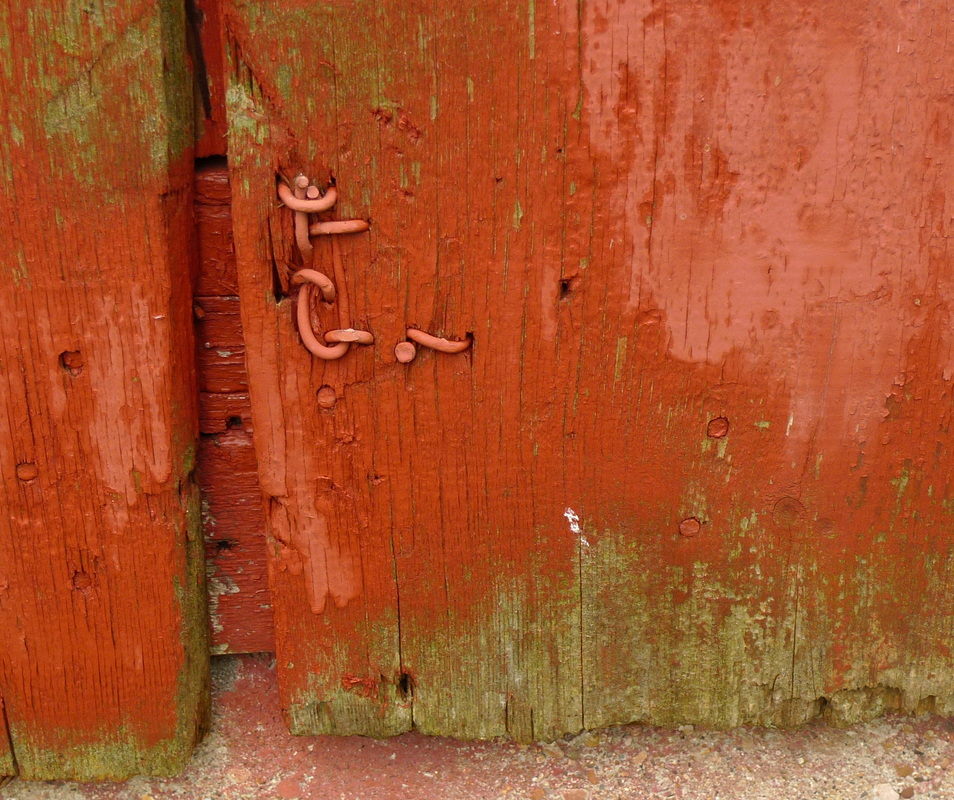
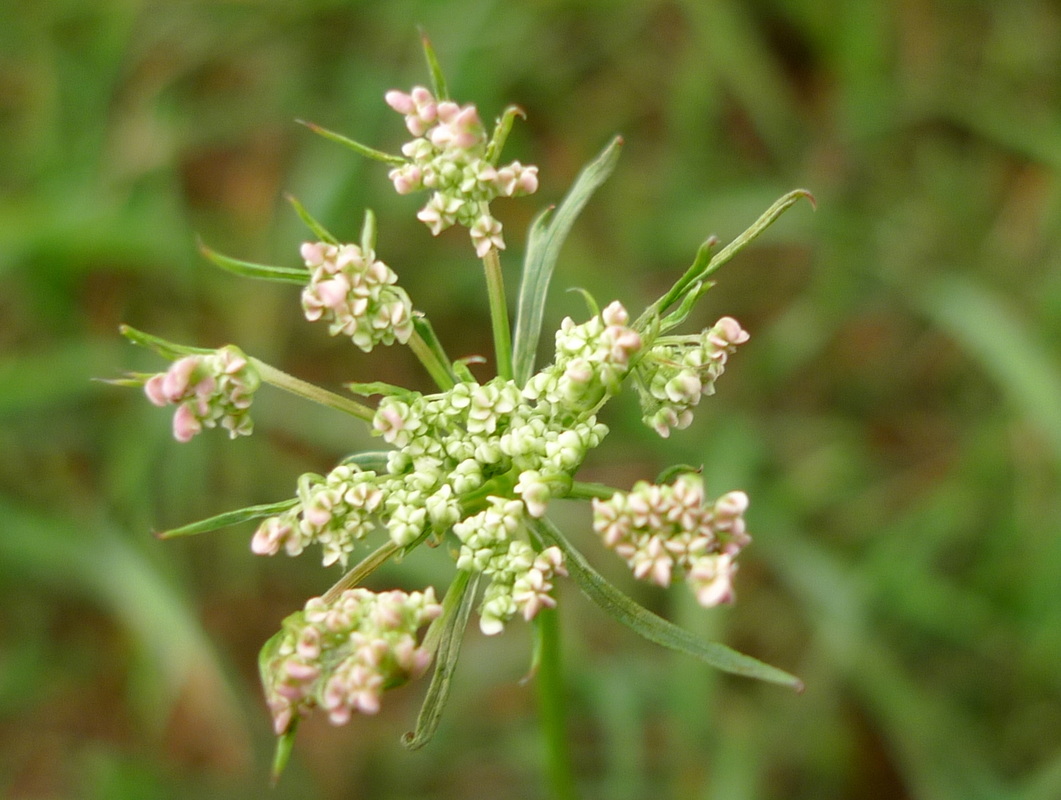
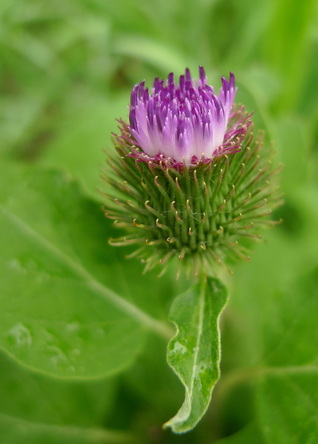
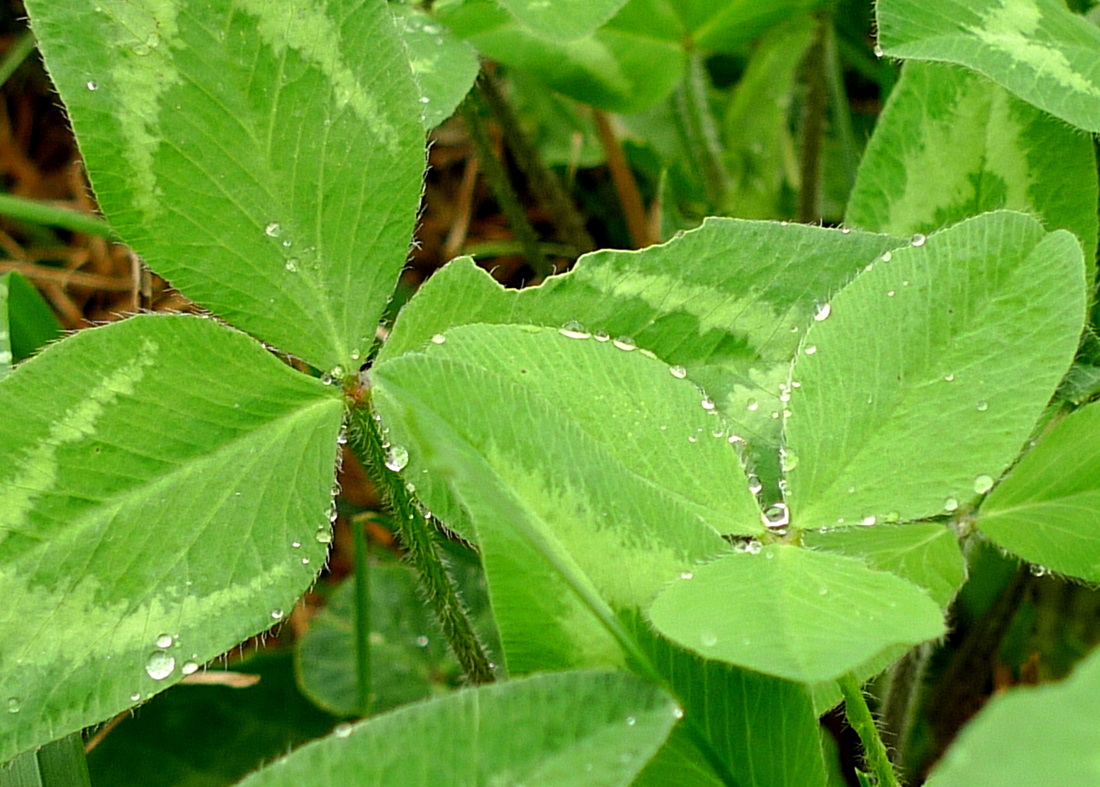
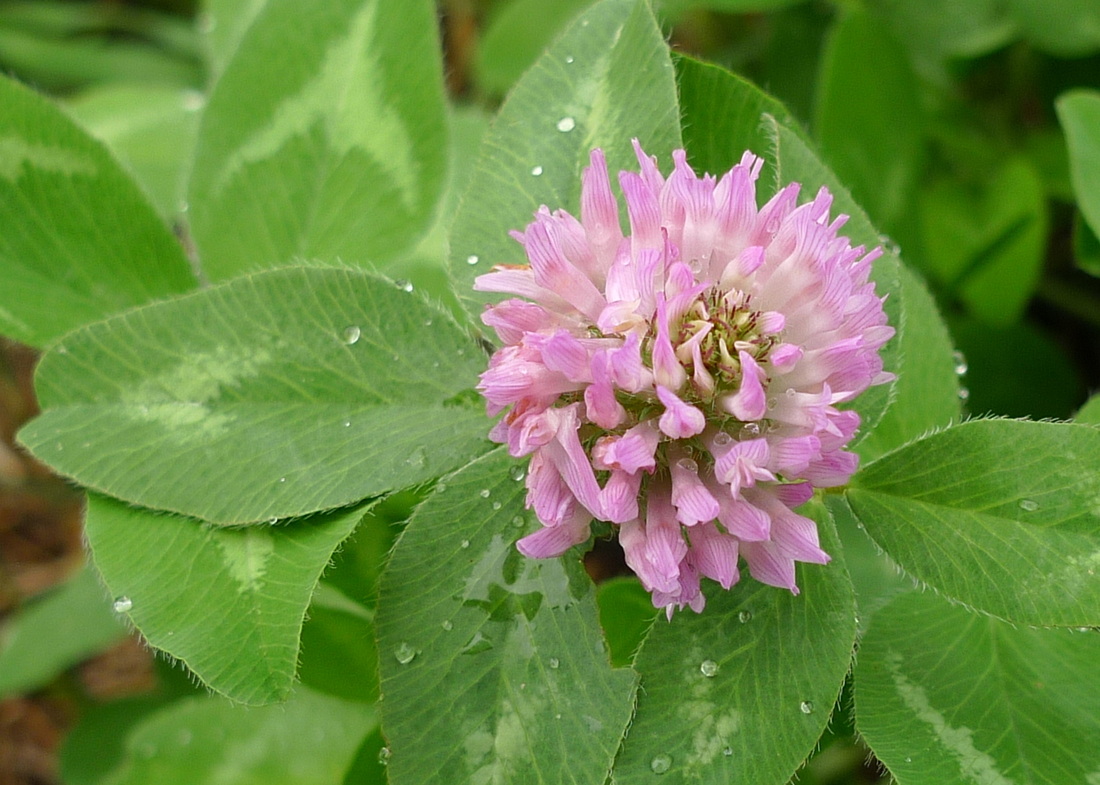
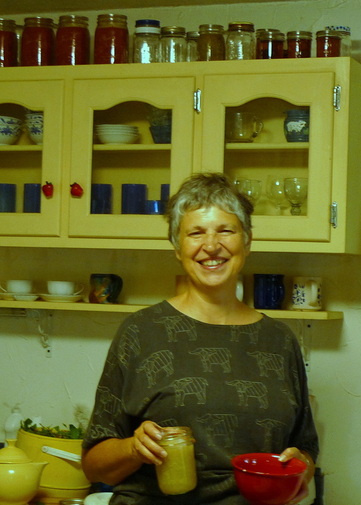
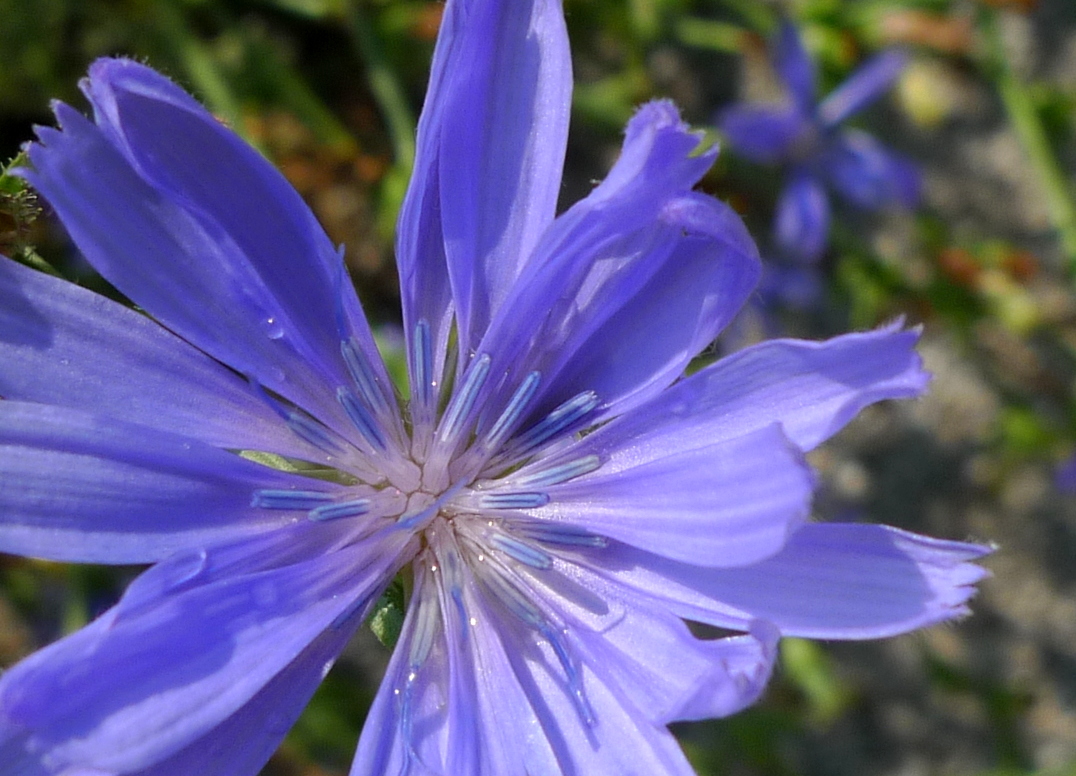
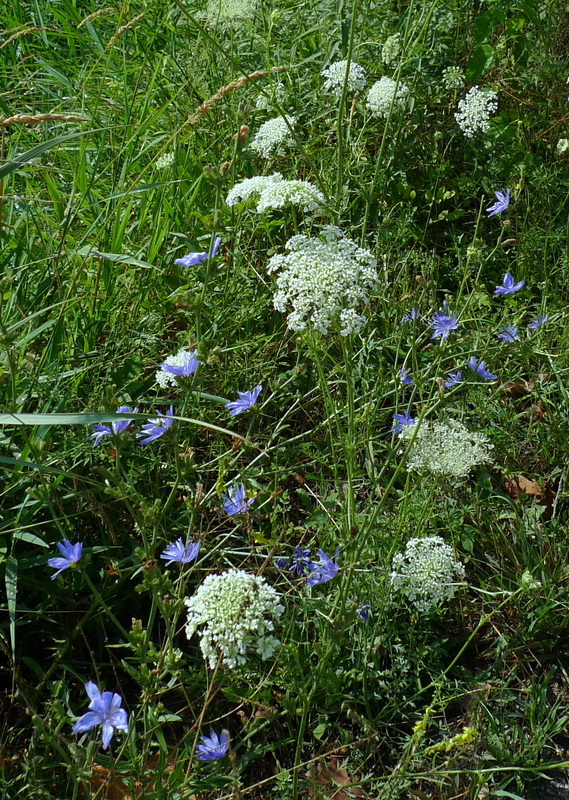
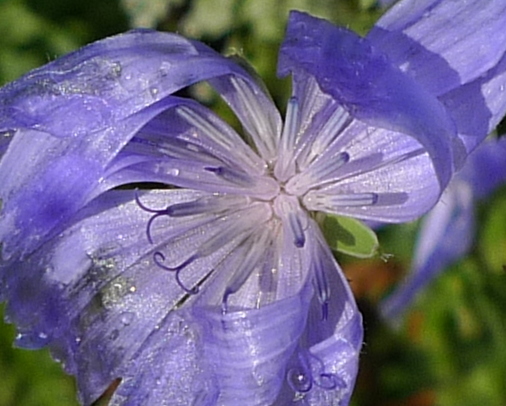
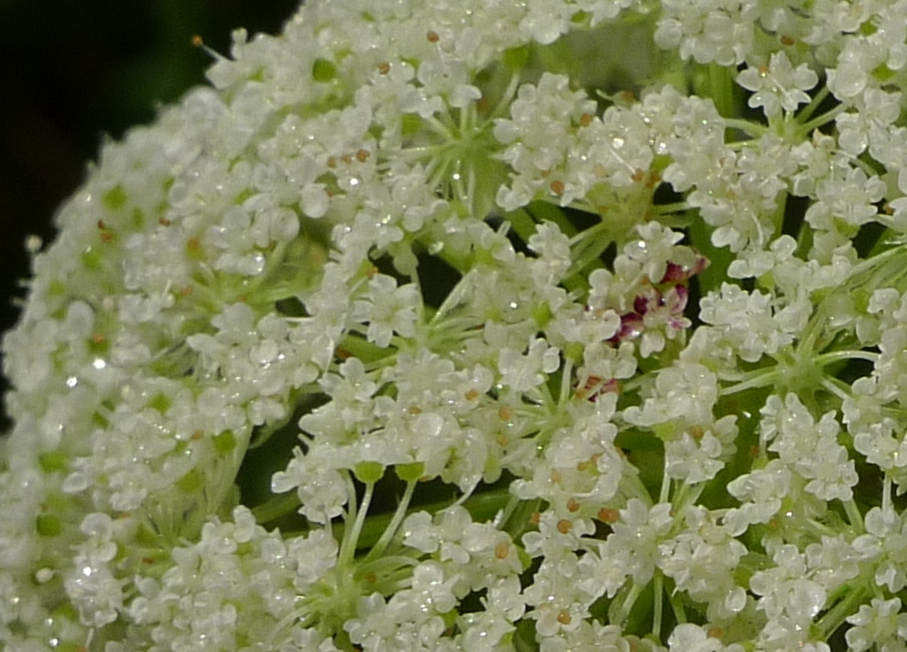
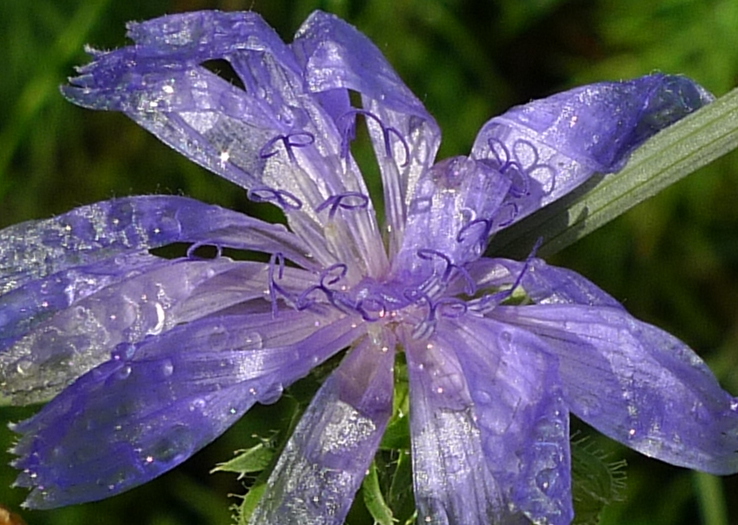
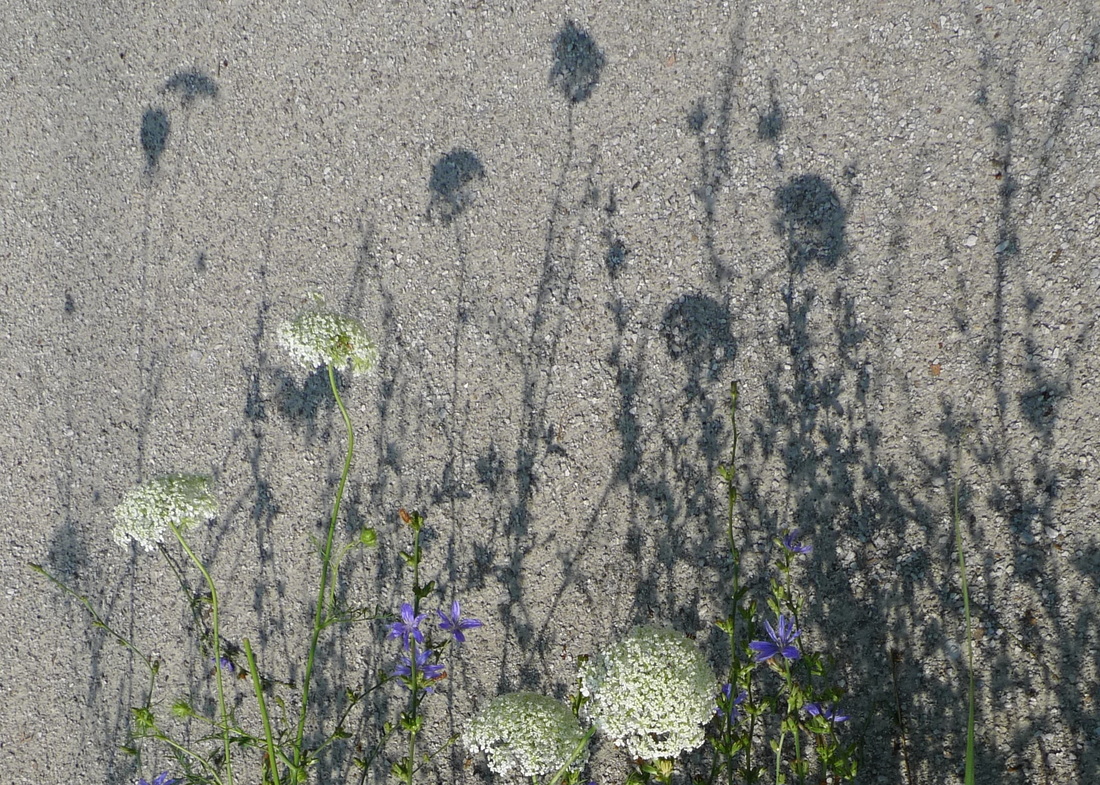
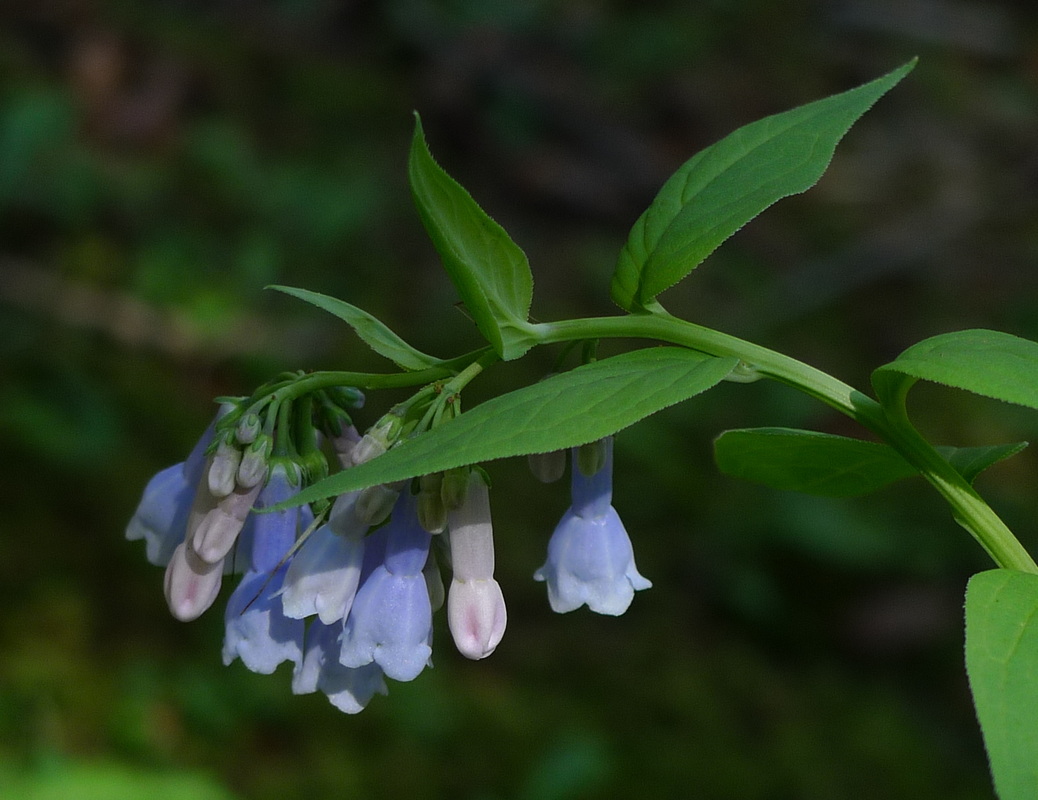
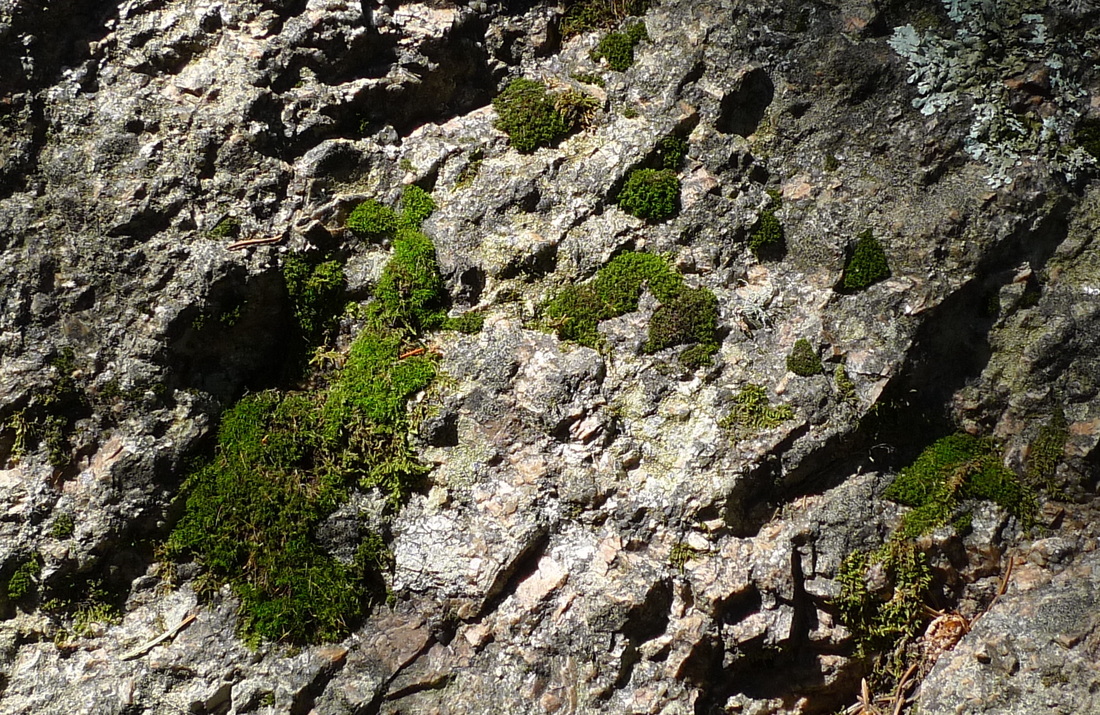
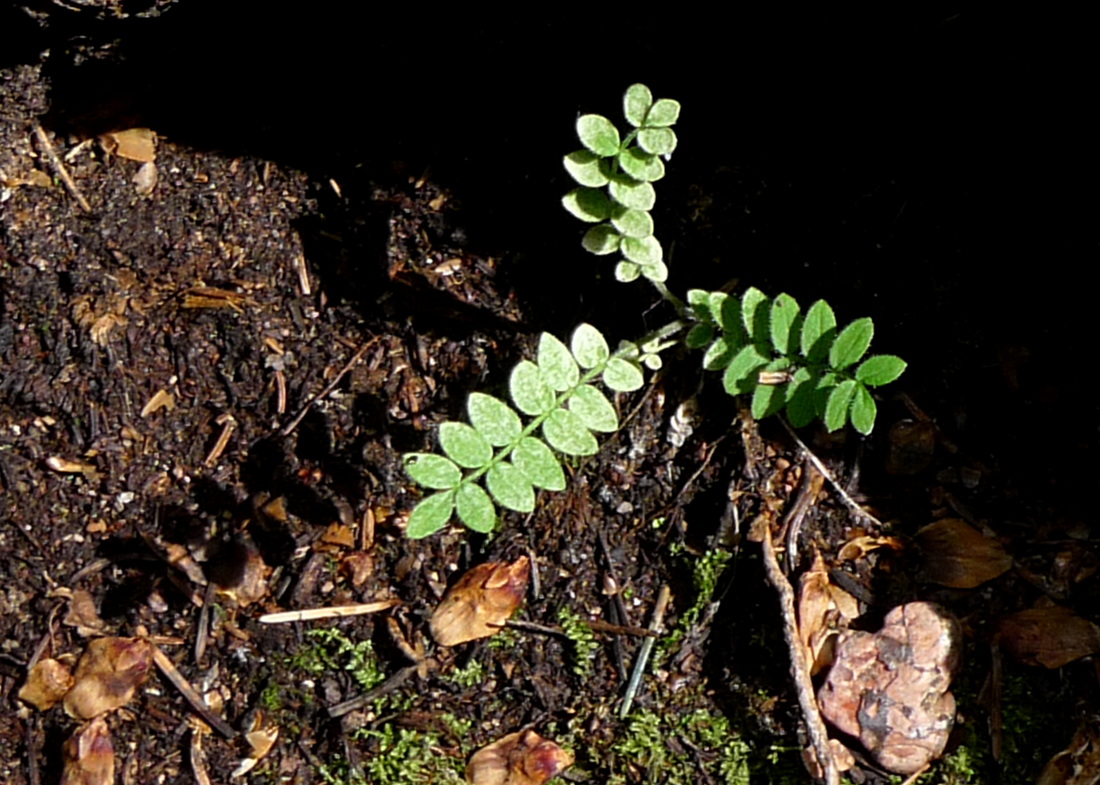
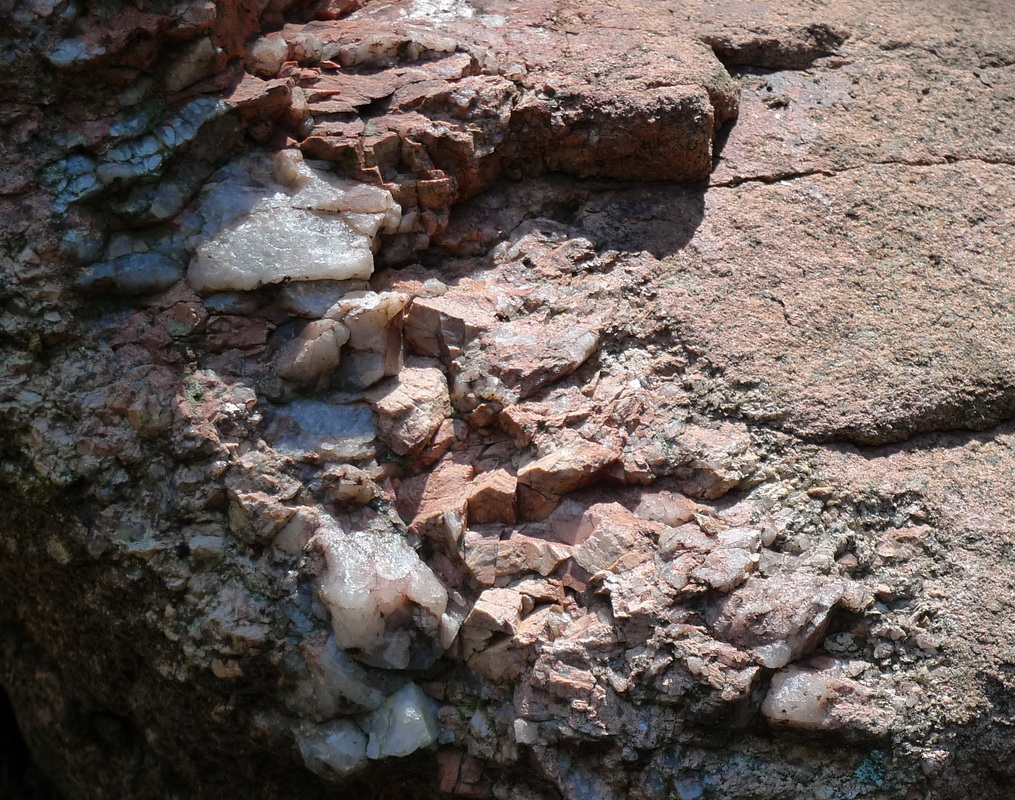
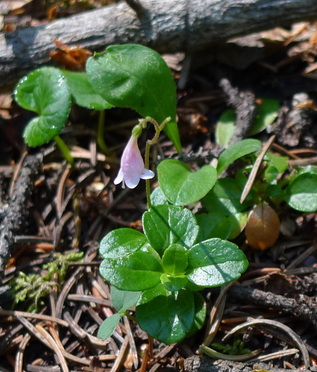
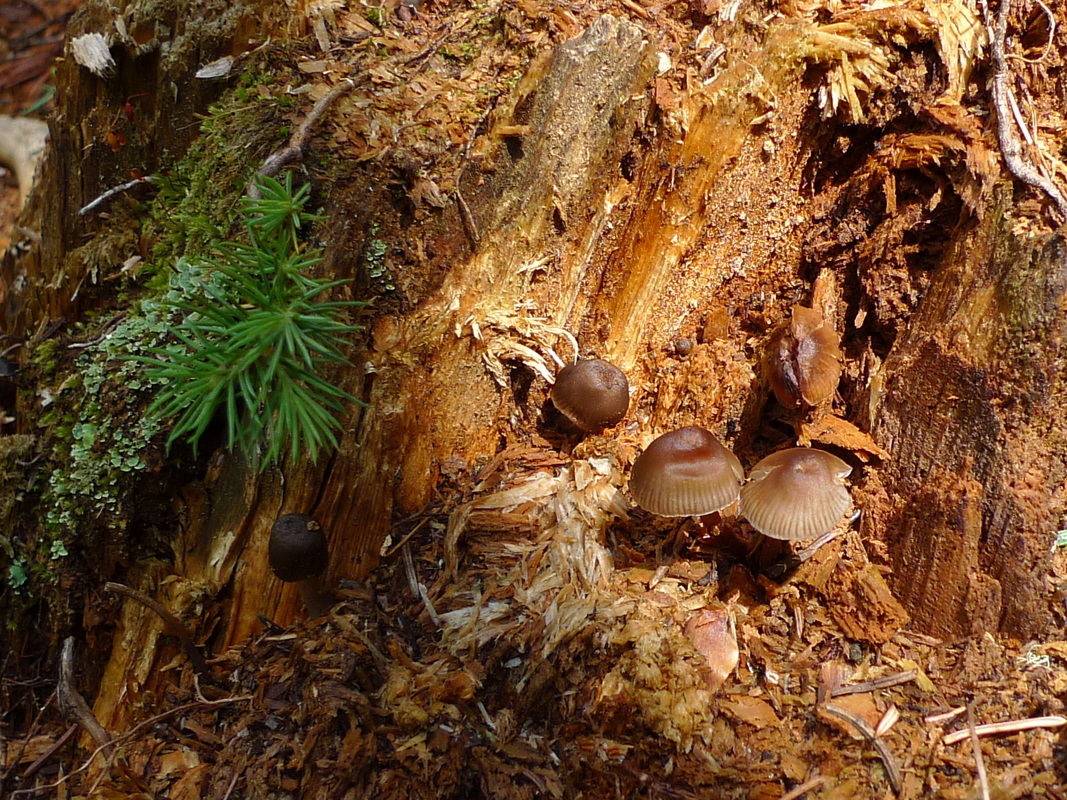
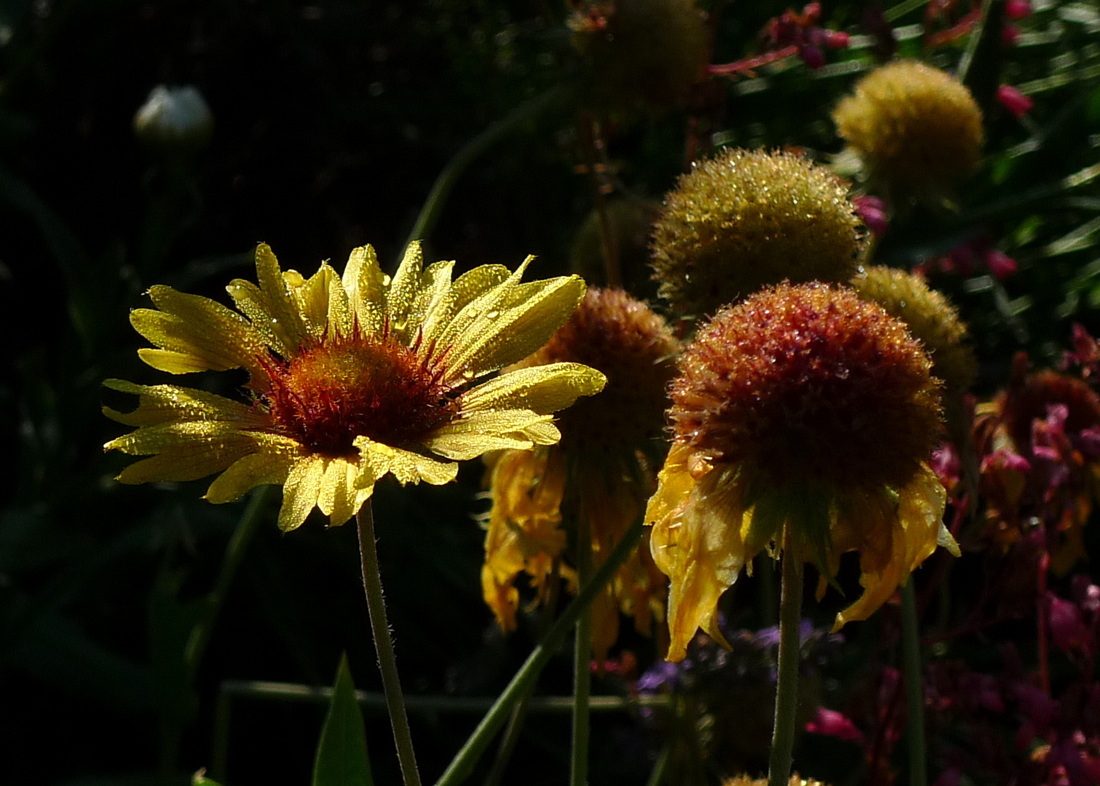
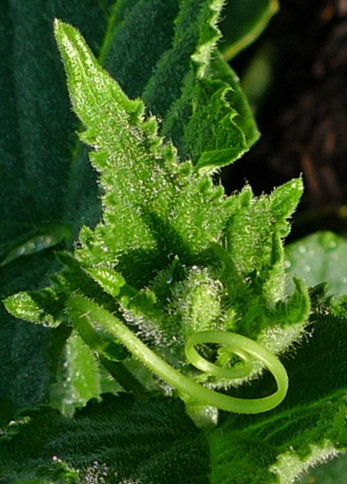
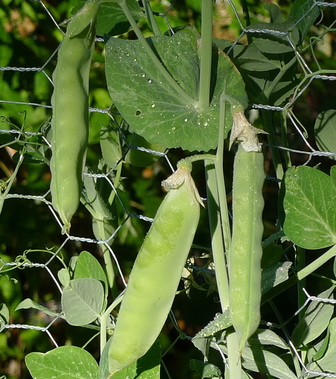
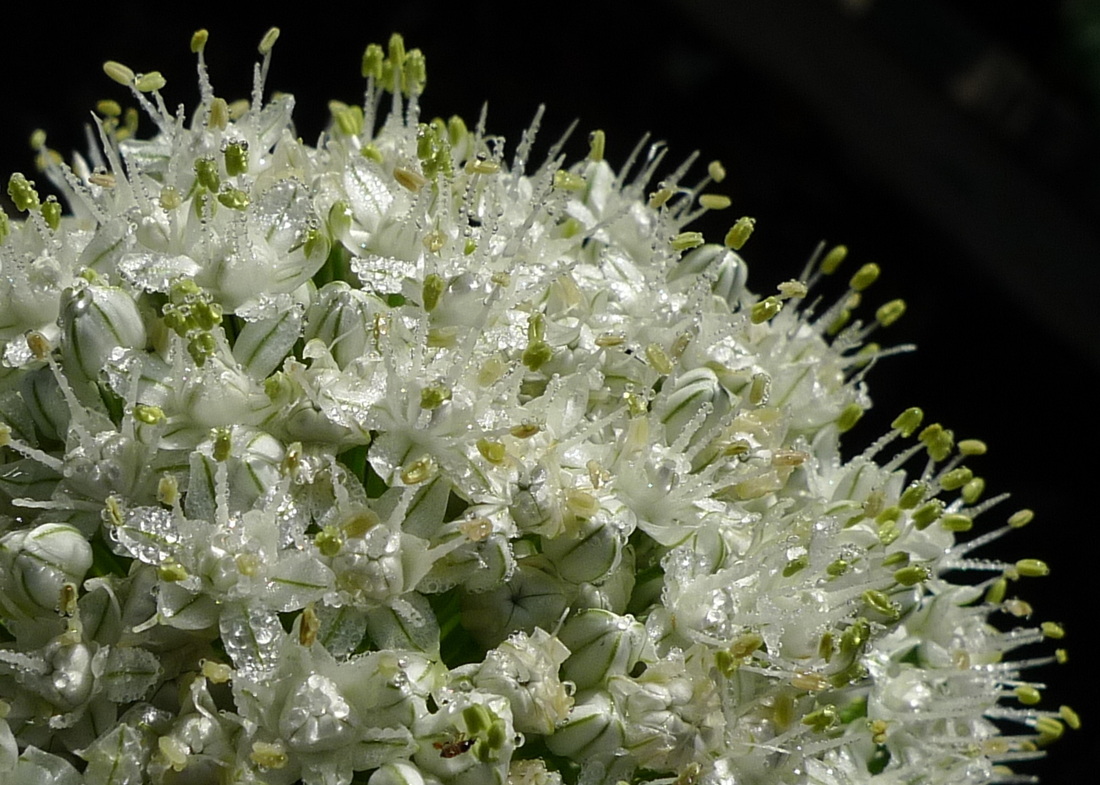
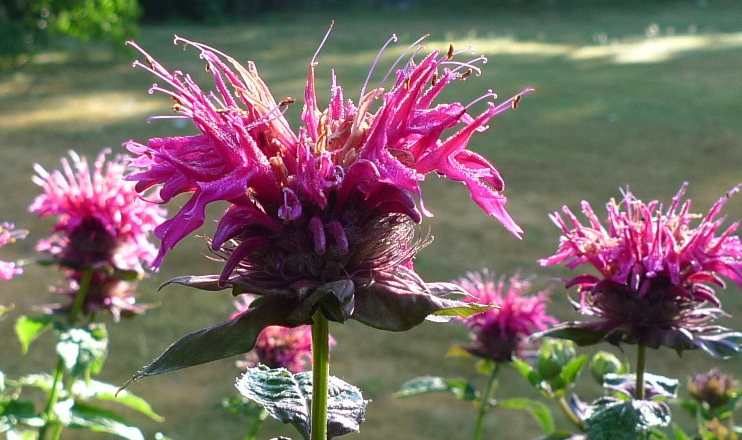
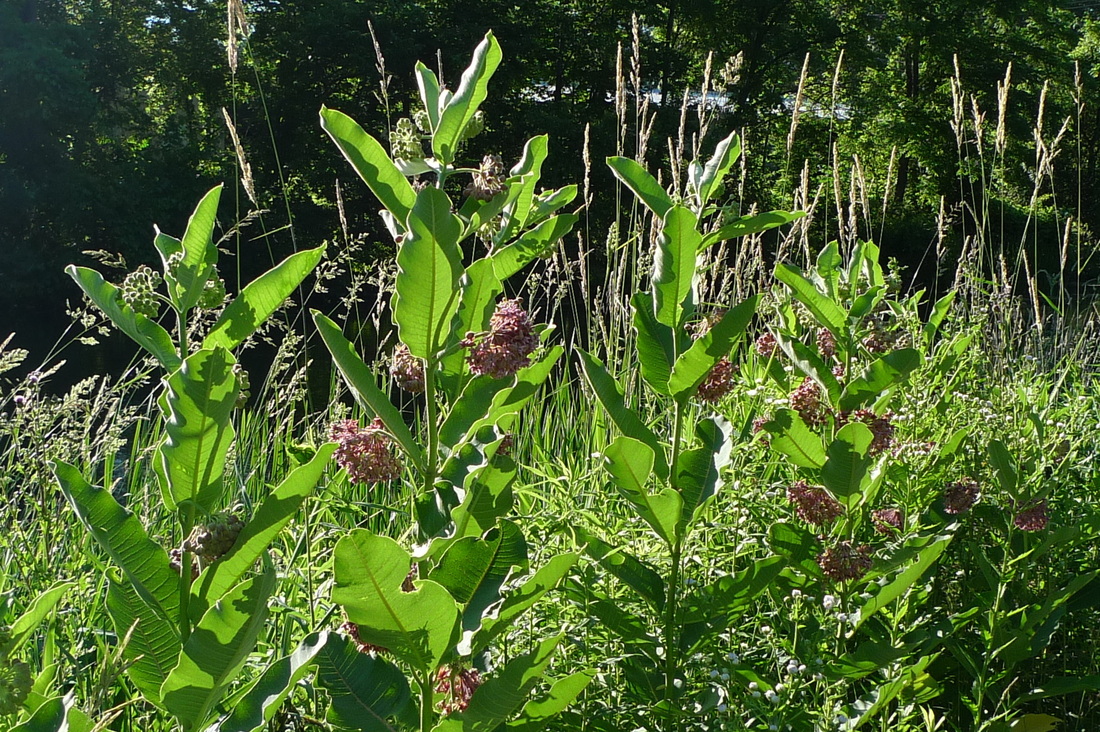
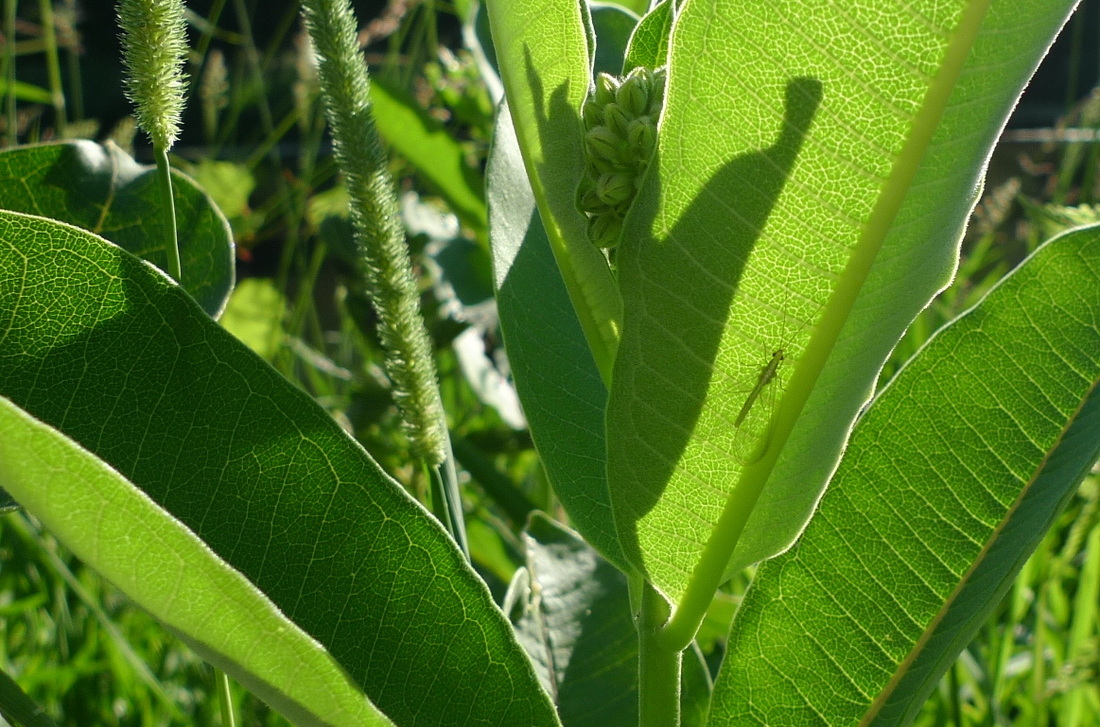
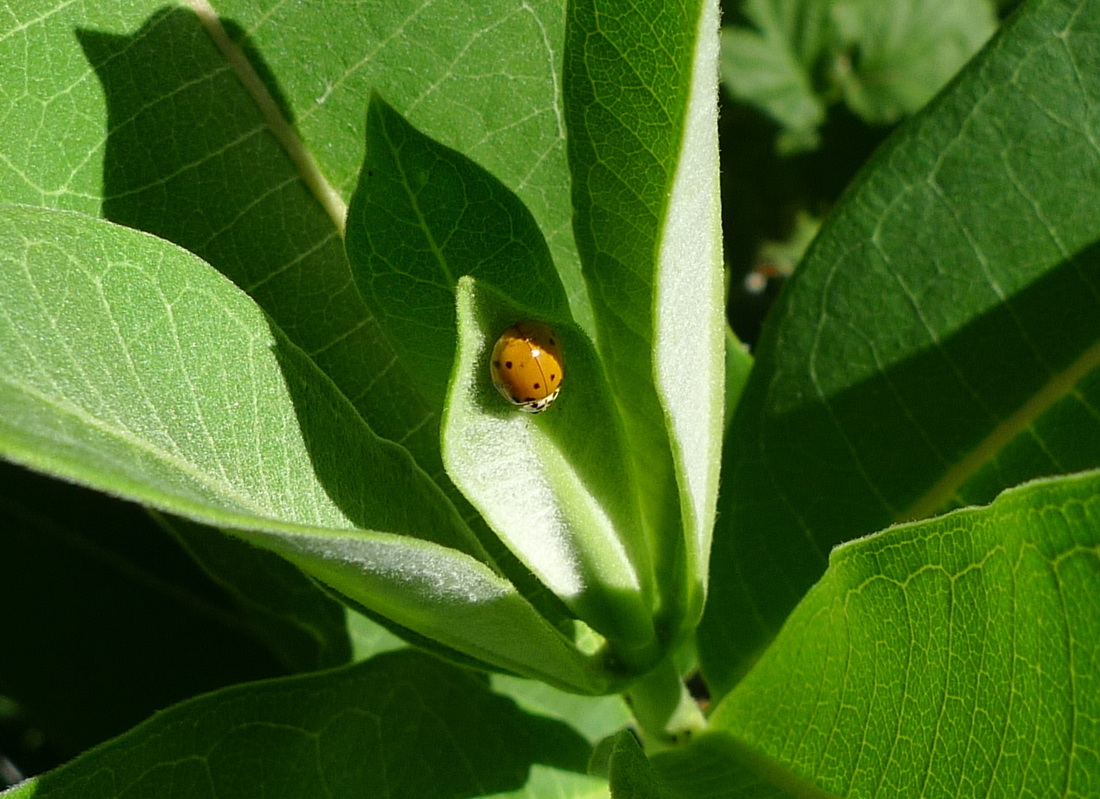
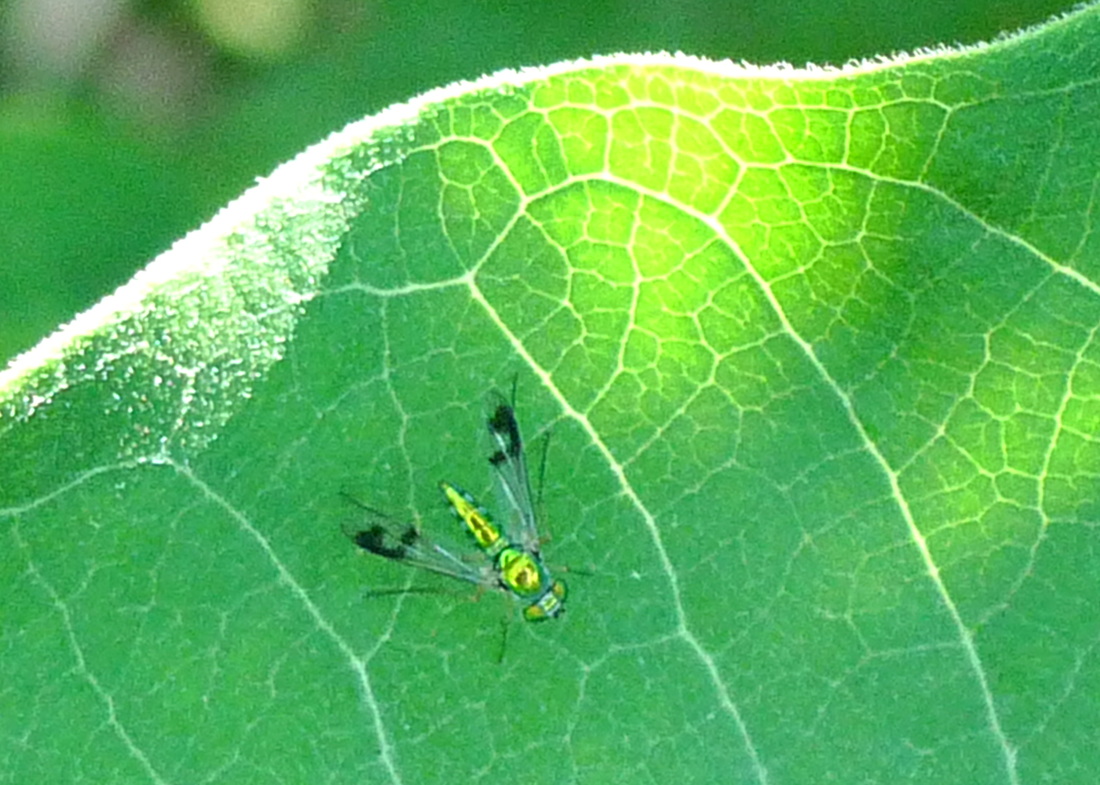
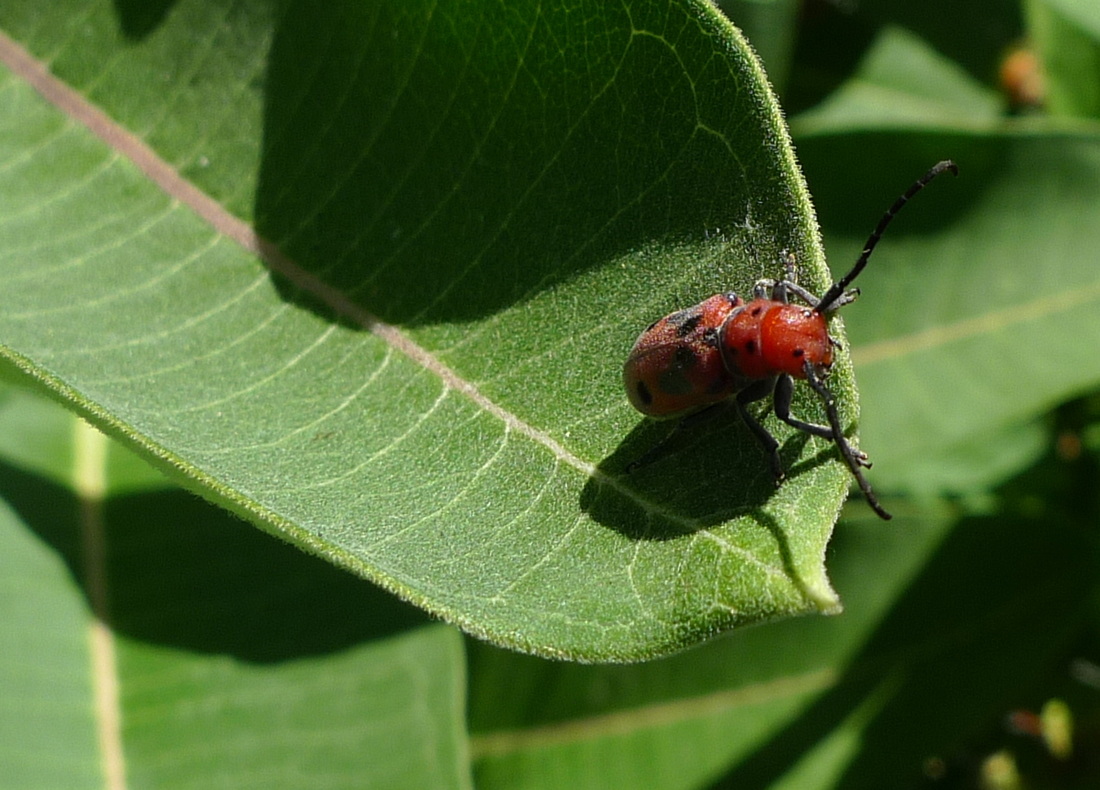
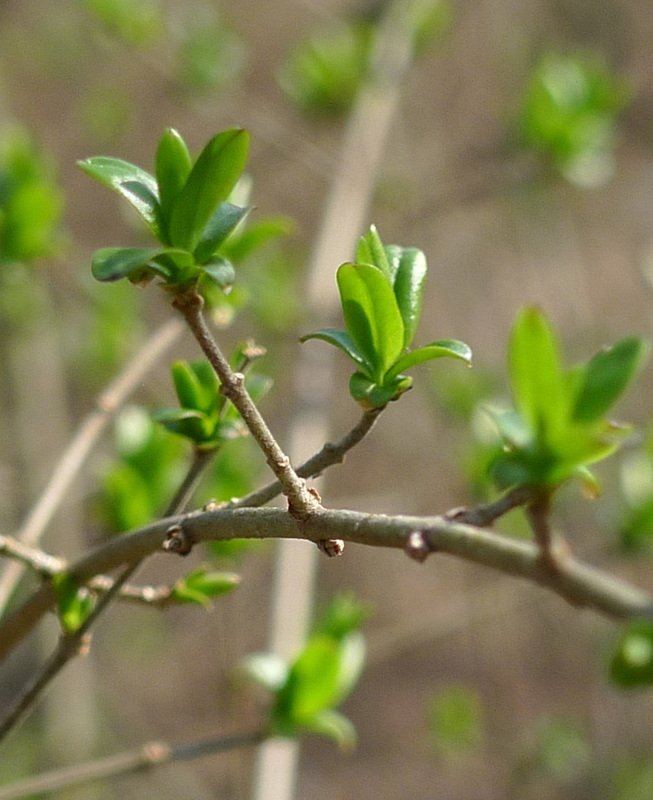

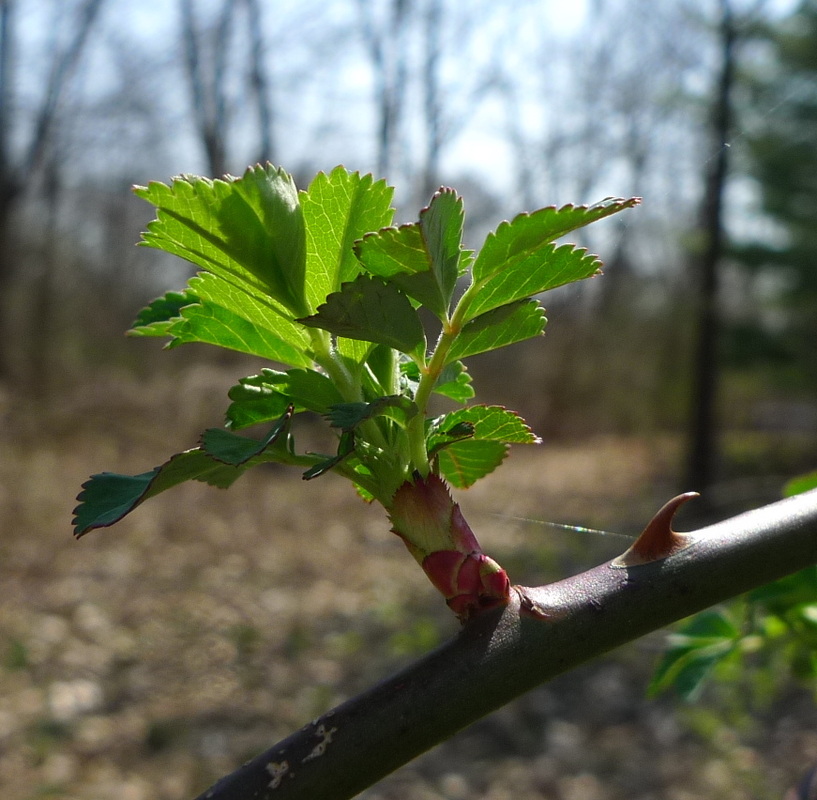
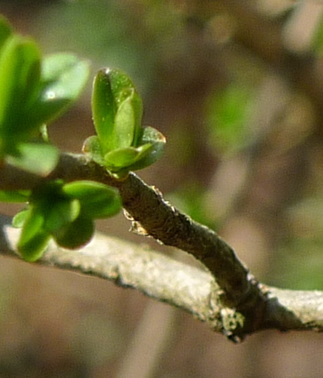
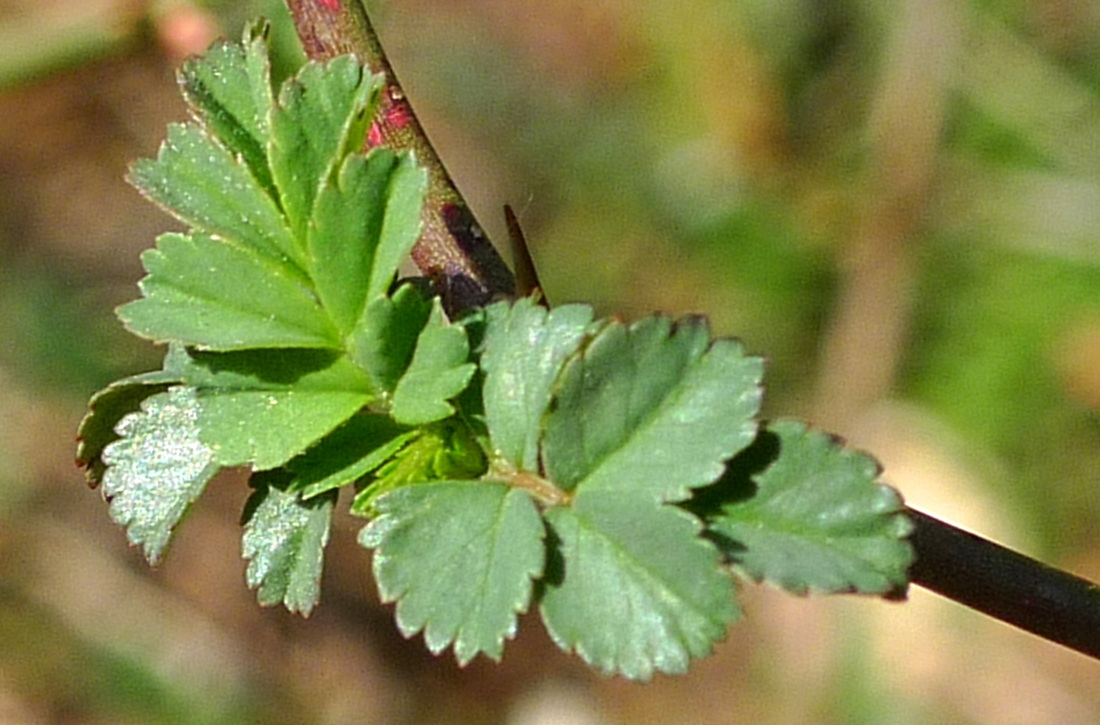
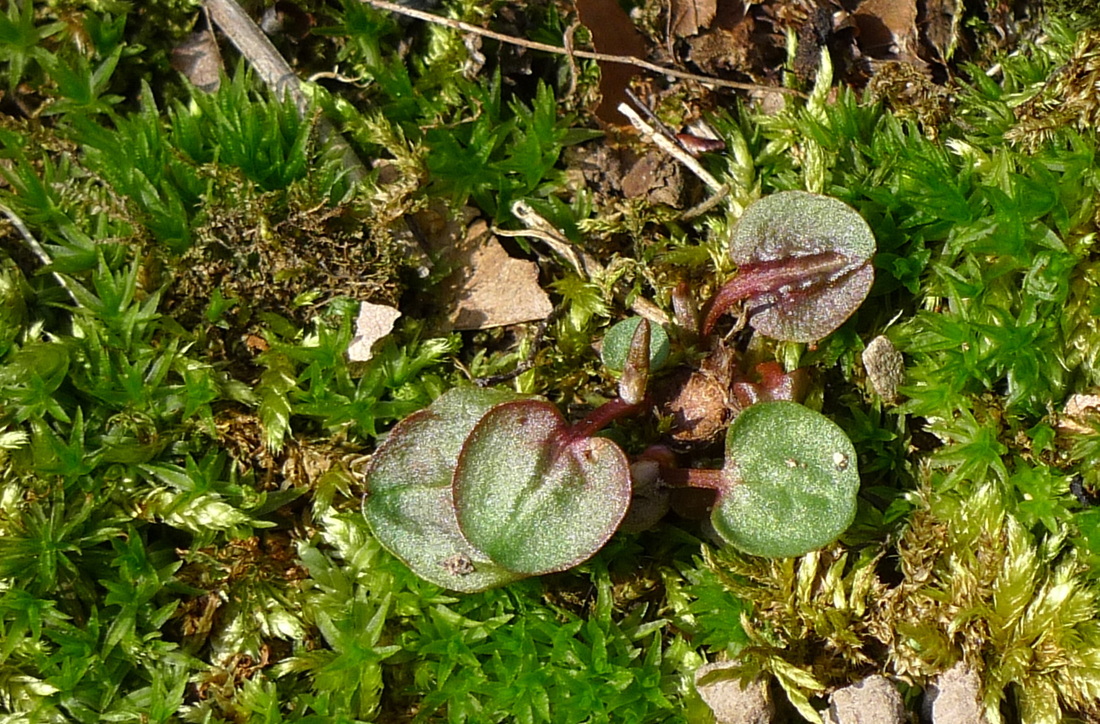
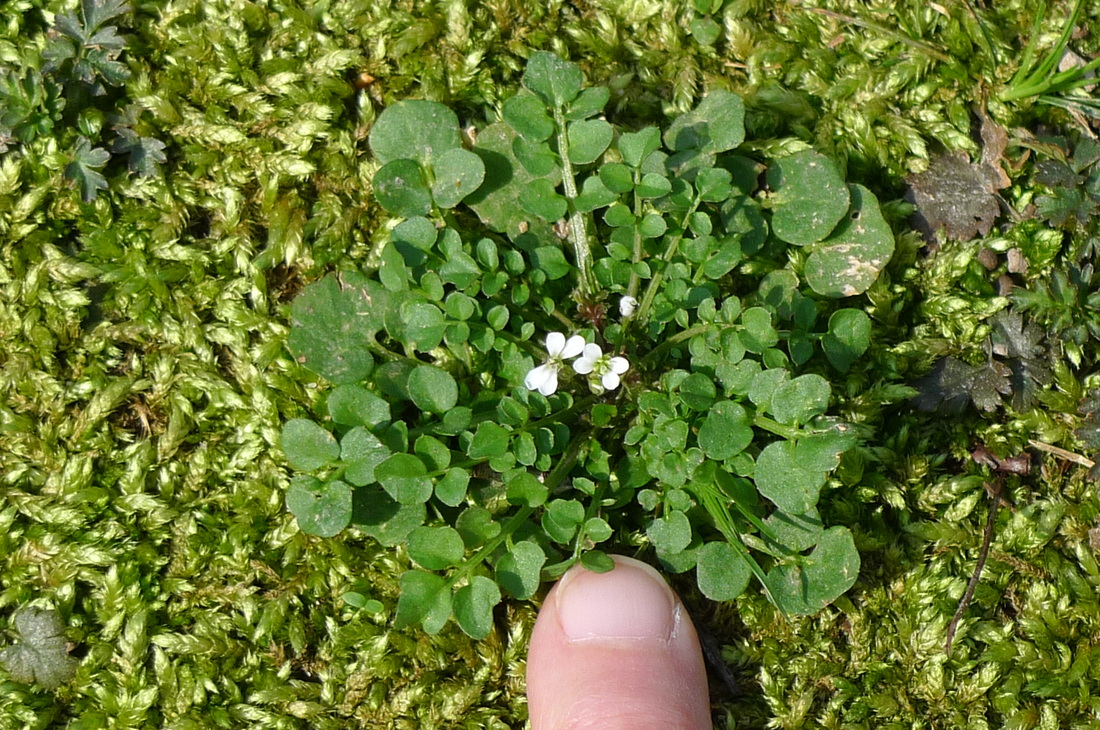
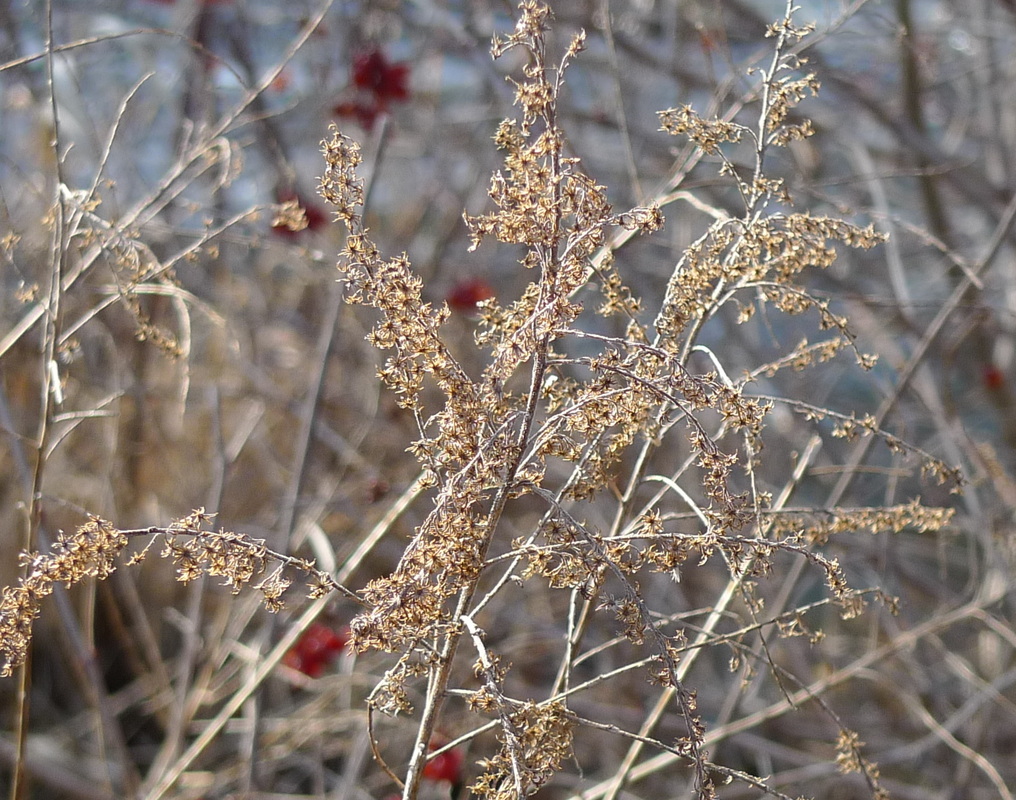
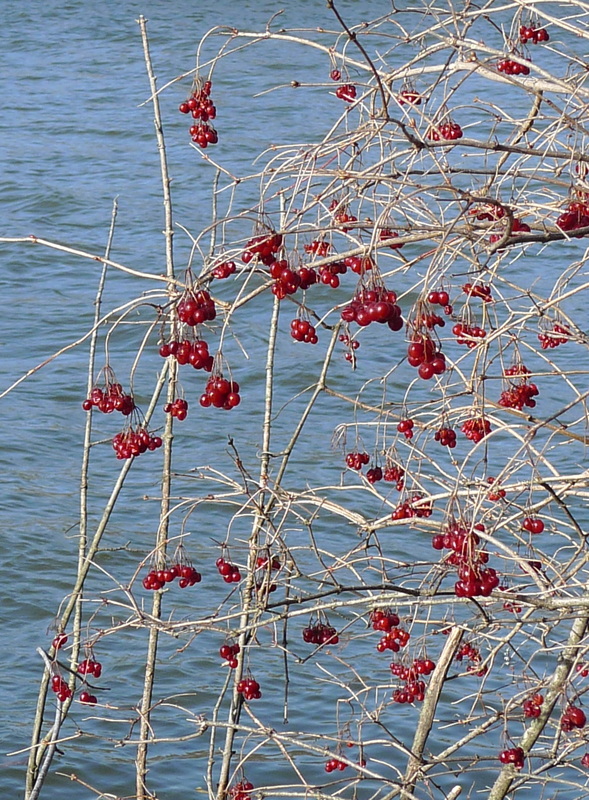
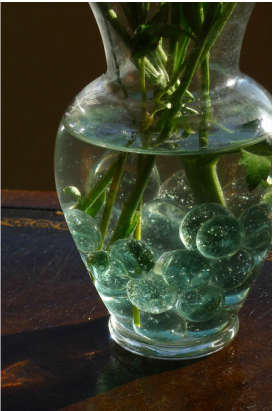
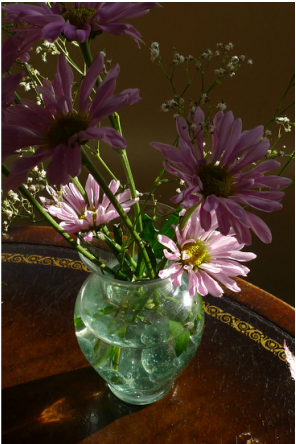
 RSS Feed
RSS Feed